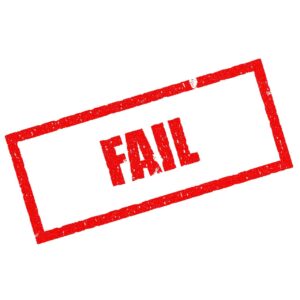But why? Why would more people opt to spend more year after year? The answer is simple: customer experience. The level and extent of Disney’s guest experience and service are unparalleled in the theme park industry. Sure, Universal has introduced new rides and attractions and even opened a new park. Meanwhile, SeaWorld is now considered one of the best places on the planet for roller coaster enthusiasts. But neither competitor offers exceptional customer service and experience, although all three boast spectacular theming.
Simply put, Disney does customer experience and care like no one else. And small businesses can learn from this strategy to set themselves apart from competitors—even at a time when technology is delivering improvements in leaps and bounds.
How Small Businesses Can Elevate Customer Service in a Tech-Driven Marketplace
However, even though technology continues to reshape how products and services are delivered, it doesn’t improve everything. This means small businesses have an opportunity to distinguish themselves not by competing on scale, but by excelling in customer service. Larger corporations often rely heavily on automation, but small businesses can use their flexibility and personal connections to deliver experiences that keep customers coming back. So, here are a few ways small businesses can strengthen their customer service to stand out:- Personalize the experience. Technology makes it easier than ever to track customer preferences, purchase history, and communication patterns. Small businesses can use these insights to offer personalized recommendations, birthday discounts, or even simple check-ins. Unlike big-box companies, they can add a human touch that makes customers feel genuinely valued.
- Blend technology with human interaction. Chatbots, online booking systems, and digital payment options improve efficiency, but they shouldn’t replace human interaction. Customers often appreciate being able to talk to a real person when they have a question or problem. Small businesses can stand out by balancing digital convenience with approachable, accessible staff.
- Be proactive, not just reactive. Excellent customer service isn’t just about solving problems—it’s about anticipating them. Regularly asking for feedback, checking in after a purchase, or providing clear updates on orders shows customers that their satisfaction is a priority. Proactive communication builds trust and prevents small issues from becoming big frustrations.
- Empower employees to resolve issues. Training employees to listen, empathize, and take initiative goes a long way. When staff members have the authority to resolve customer concerns on the spot—whether that means offering a discount, providing a replacement, or escalating an issue quickly—it demonstrates commitment to service and reduces customer stress.
- Build community around your brand. One advantage small businesses have is the ability to form close-knit connections within their local or niche communities. Hosting events, supporting local causes, or creating loyalty programs can help customers feel like they are part of something larger than a transaction. This emotional connection often inspires long-term loyalty.
Want to Accomplish More?
Do you want your company to grow faster and earn more while spending more time with your family doing everything you started your business to do?We can make that dream a reality. Give us 30 minutes, and we will show you how to get your life back. Skeptical? Good! Put us to the test.
You can call us for your free appointment at 480-636-1720, or, if you prefer, Waters Business Consulting Group to learn more about us and the services we offer.



